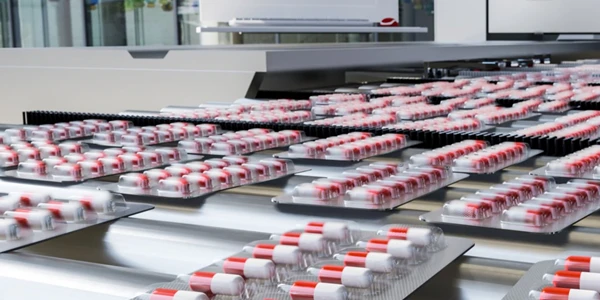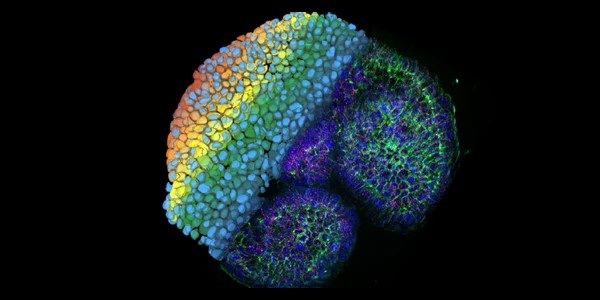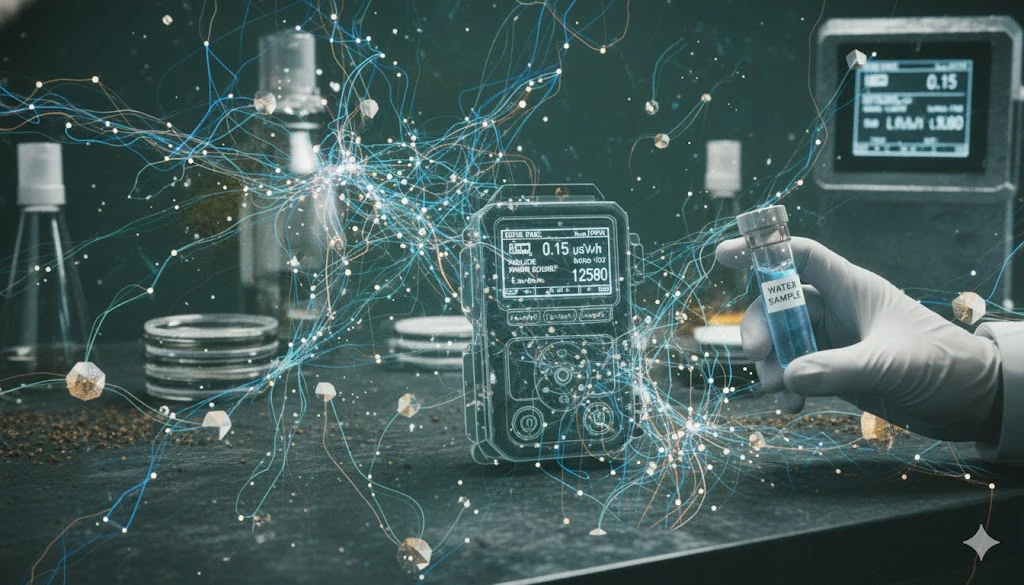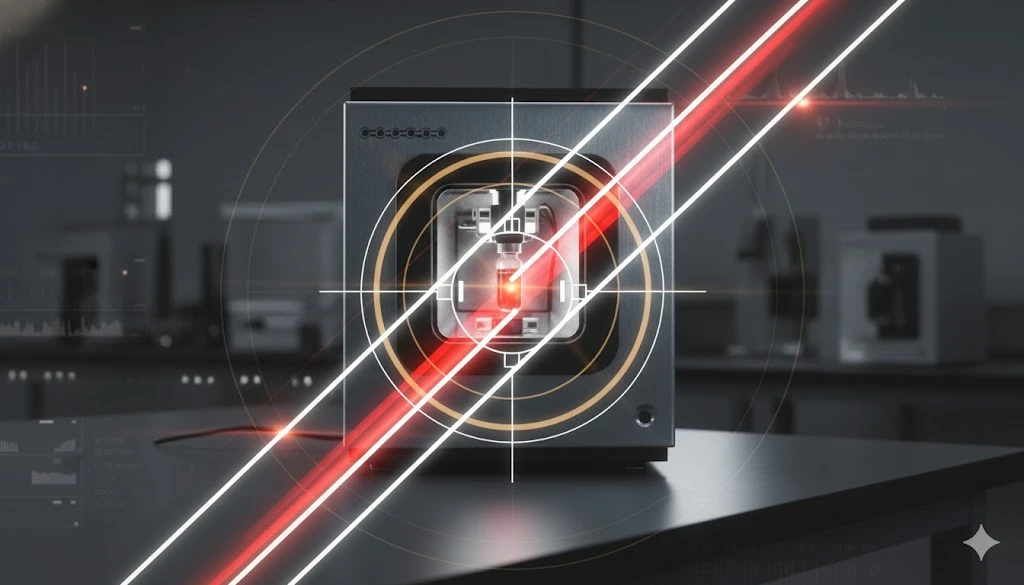Considerations When Choosing the Correct Cold Storage Solution
5 questions to ask before purchasing a new cold storage unit
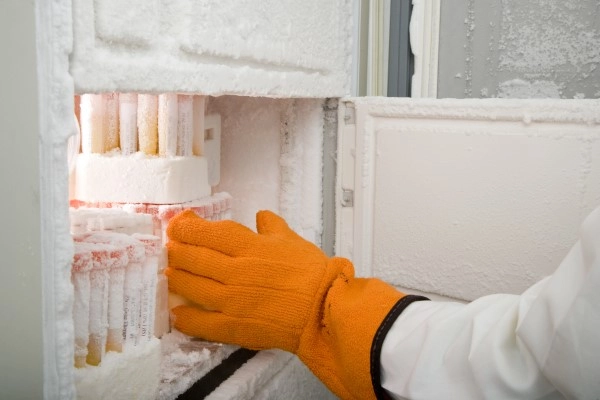 Cold storage in the lab is a lot more complex than simply choosing
between a fridge, freezer, or
ultra low freezer. Whether you are starting a new project,
outfitting a new lab, or simply looking to replace an aging piece of equipment,
it can be daunting to consider all the cold storage options available to you.
Taking an organized and comprehensive approach to assessing your options will help
you narrow down exactly what you need to make the correct choice for your lab.
Here are 5 key questions to ask when looking to purchase a new cold storage
solution for your lab:
Cold storage in the lab is a lot more complex than simply choosing
between a fridge, freezer, or
ultra low freezer. Whether you are starting a new project,
outfitting a new lab, or simply looking to replace an aging piece of equipment,
it can be daunting to consider all the cold storage options available to you.
Taking an organized and comprehensive approach to assessing your options will help
you narrow down exactly what you need to make the correct choice for your lab.
Here are 5 key questions to ask when looking to purchase a new cold storage
solution for your lab:
1. What will the usage of the unit be?
The most important thing to consider is exactly how the cold storage unit will be used in your lab. Will it be dedicated to just one type of sample or will it be a multi-purpose unit? What is the maximum volume of sample that will need to fit? What are the exact temperature needs of the samples you will be storing? How frequently will the unit be used? Having a detailed understanding of the demands that will be placed on the unit will inform all other decisions made when selecting your cold storage solution.
2. How much space do you have available for the unit?
Cold storage in the lab can range in size from small under counter freezers to custom-built walk in refrigerated spaces. If you are bringing in a new piece of equipment, consider where the optimal placement will be for the unit in terms of the workflow of your lab. If you are replacing an old unit, be sure to know the exact dimensions of the space available. Don’t forget to include ventilation allowances and electrical hookups in your planning.
3. What are the performance specifications of the unit?
Depending on the use of your unit and the setup of your lab, you will have different needs in terms of the performance specifications. Will you need a range of temperatures at different times or extremely precise maintained temperatures? Find out how accurate and stable the temperature is inside the unit, as well as how long it takes for the temperature to recover after a door opening. You should also consider the energy efficiency of the unit, as well as the overall energy requirements.
4. What safety features are included in the unit?
Safety features in a cold storage unit include back-ups in case of power failures, door alarms, temperature alerts, and passcode security to restrict access to the contents. How sensitive are your samples to temperature fluctuations? If they are highly sensitive, dual-cooling systems provide more temperature safety than traditional cascade systems. Make sure the safety features included match up with the needs of the samples you will be storing.
5. What additional features are available?
Many cold storage solutions come with a host of additional features. From remote monitoring to cloud storage of data to glass doors for assessing samples without opening the unit, there are many options available to consider. Will you need to be able to check on the samples when away from the lab? Will multiple people need to be alerted if there is a temperature anomaly? Again, keep the planned usage of the unit—as well as your budget—in mind while assessing the options. Extraneous features can either be seen as an additional unnecessary cost factor, or as a way to future-proof the usability of the unit.
Once you have asked yourself these 5 questions, you will be well on your way to making the correct choice in cold storage for your lab.
View Freezers and Refrigerators listings on LabX.com



